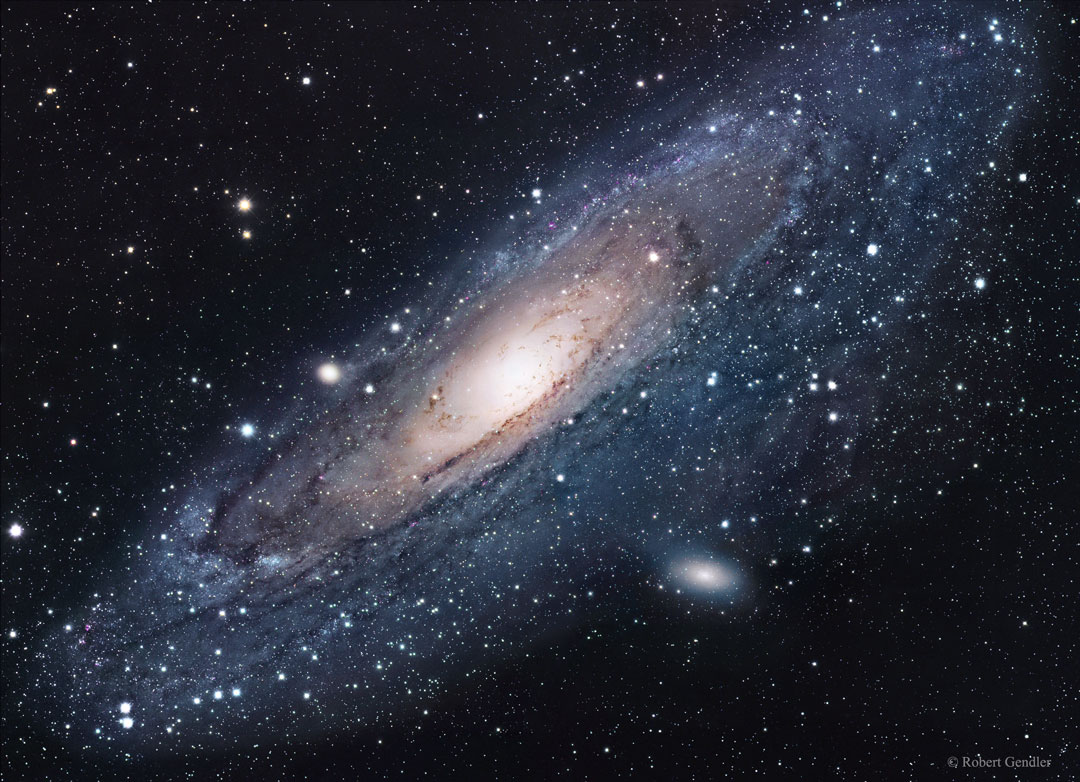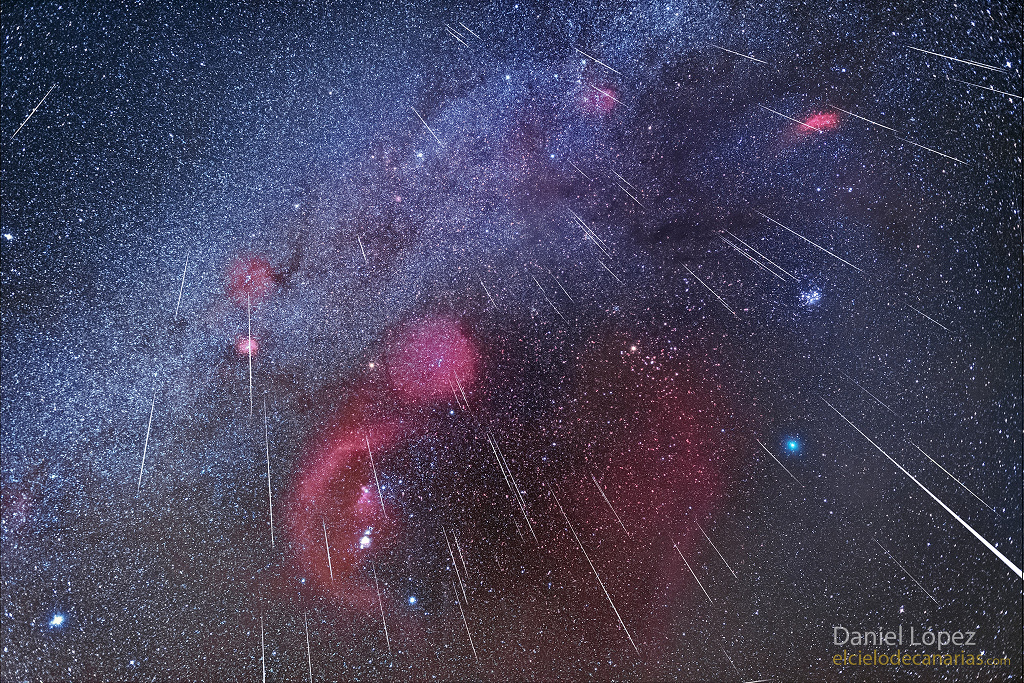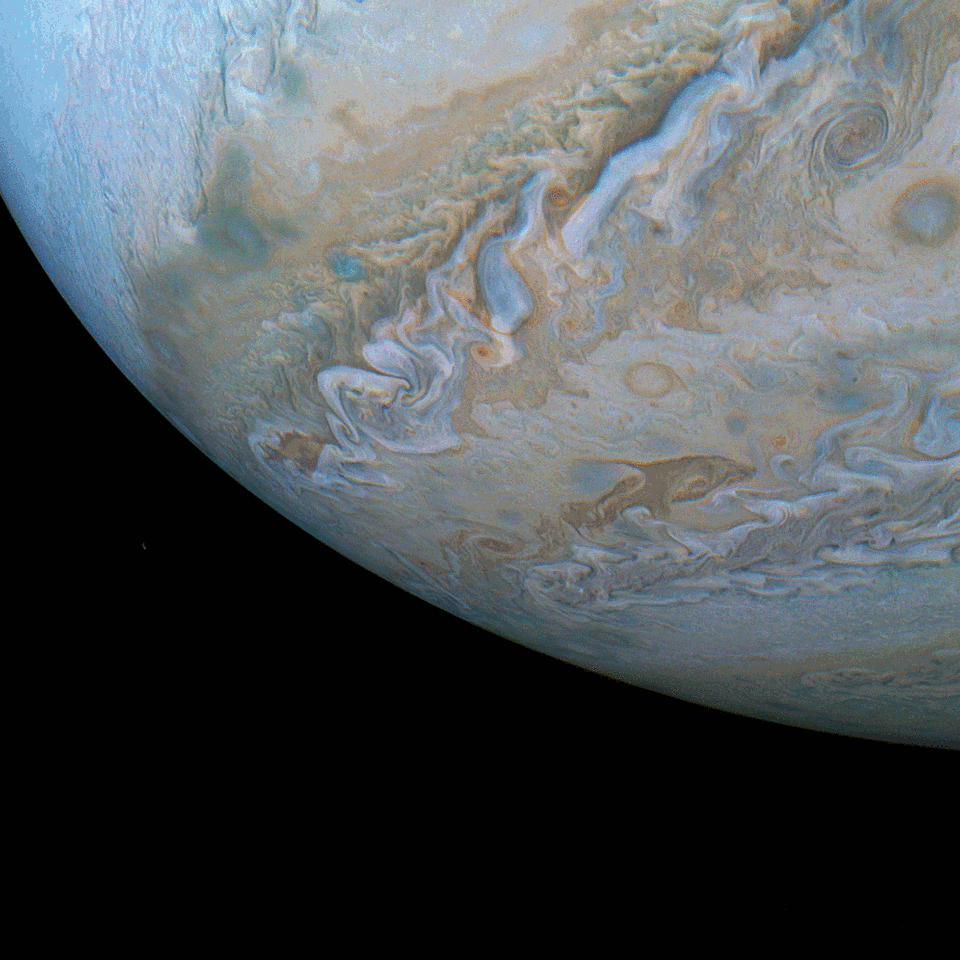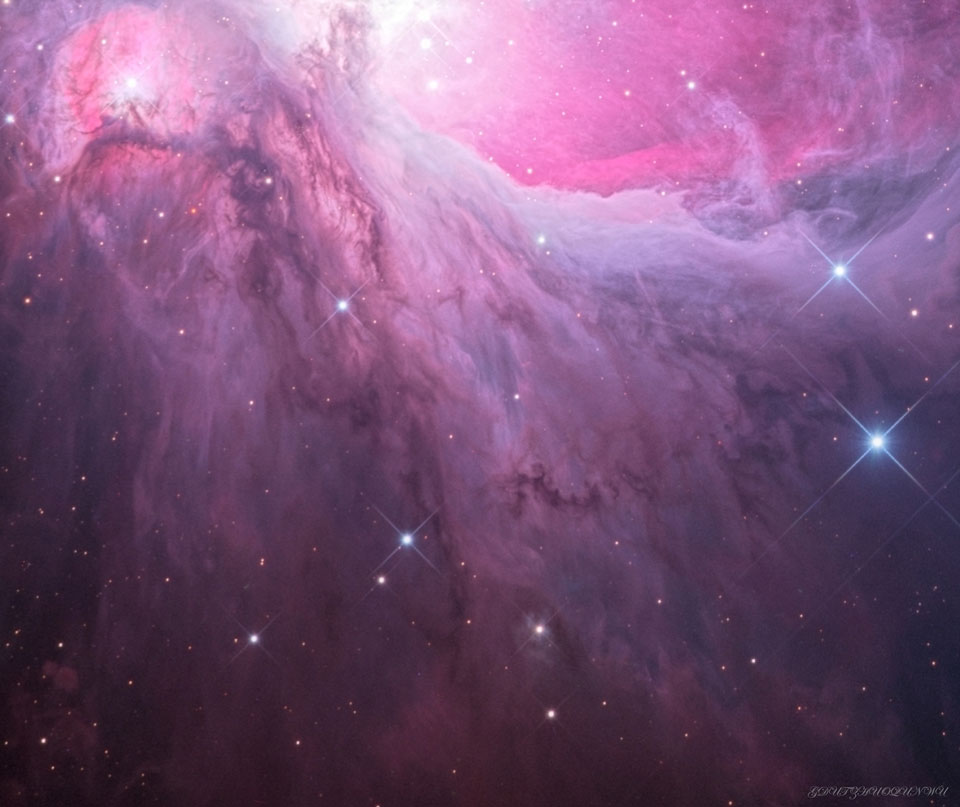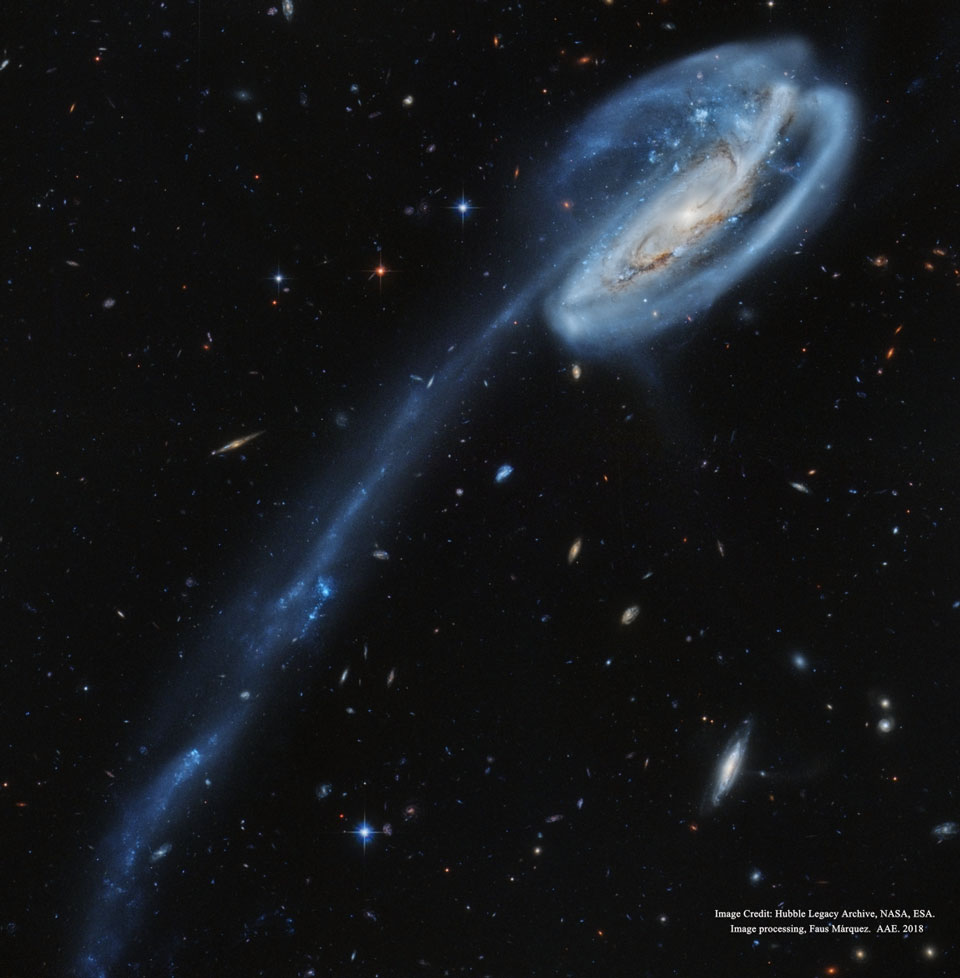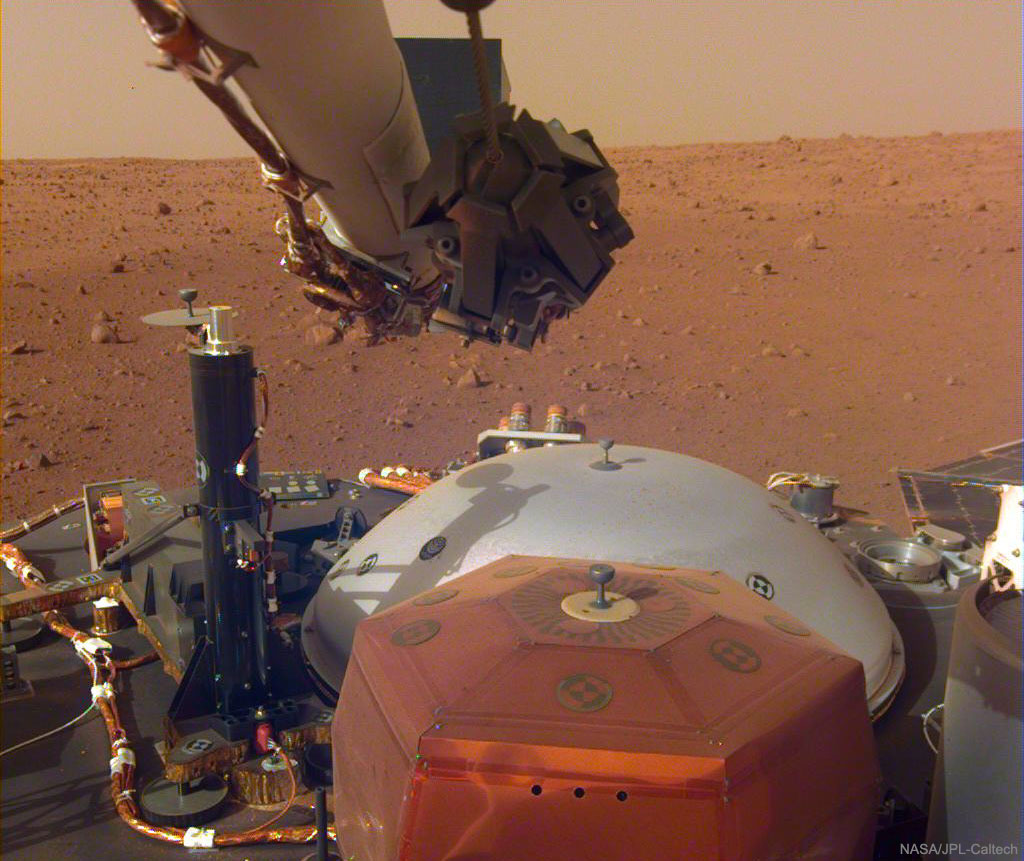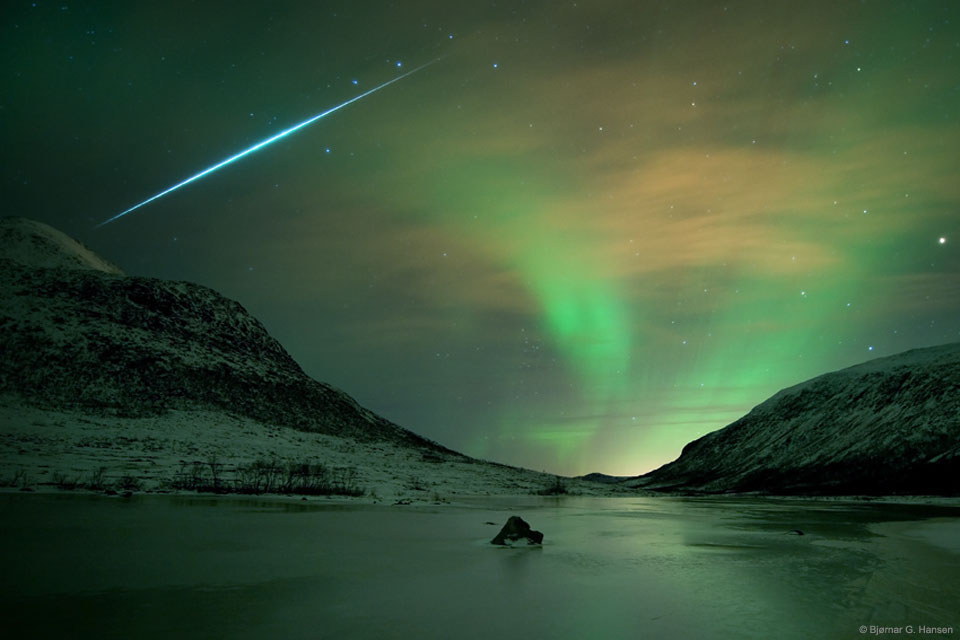
Des lymphocytes (en violet), cellules du système immunitaire, s'attaquent à des cellules cancéreuses.
Les vaccins nous protègent des virus ou des bactéries... et s'ils empêchaient de développer des cancers ? Dans certains labos de recherche, cette piste originale est bel et bien explorée !
Imaginez être protégé par une simple injection de la maladie la plus meurtrière en France : le cancer. Un vaccin qui ciblerait les cellules cancéreuses, entraînant le système immunitaire à détruire toute tumeur qui se développerait dans notre organisme. Est-ce un rêve ?
Comme le révèle Elsa Abdoun à Jérôme Bonaldi, les recherches de ce type sont beaucoup plus avancées qu'on ne le pense. Des premiers résultats très encourageants ont été atteints chez les souris ! Mais pour les biologistes, la tâche est complexe. Car il faut éviter à tout prix de retourner notre système immunitaire contre nos cellules saines — ce qu'on appelle une réaction auto-immune, très dangereuse...
Science & Vie
Science & Vie
